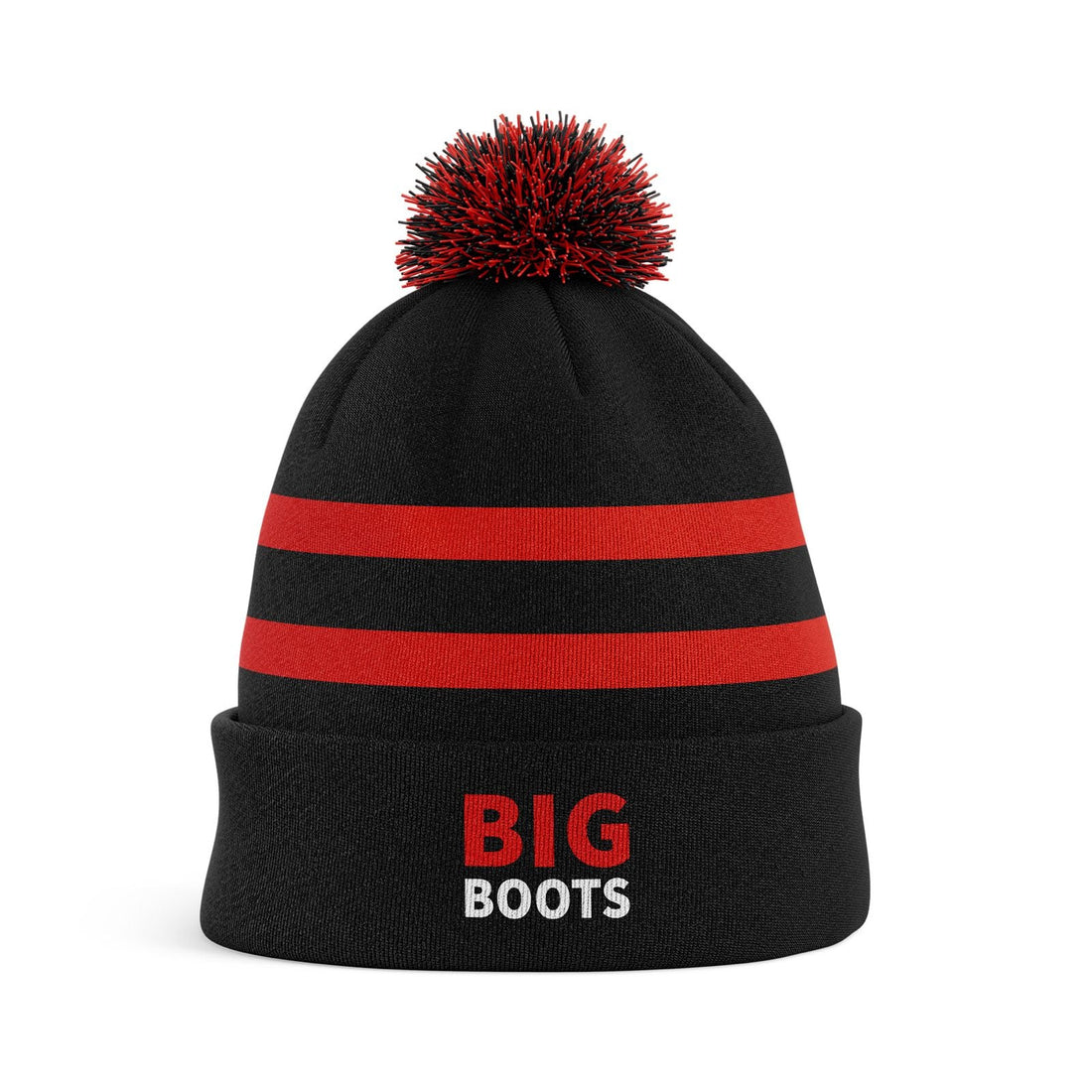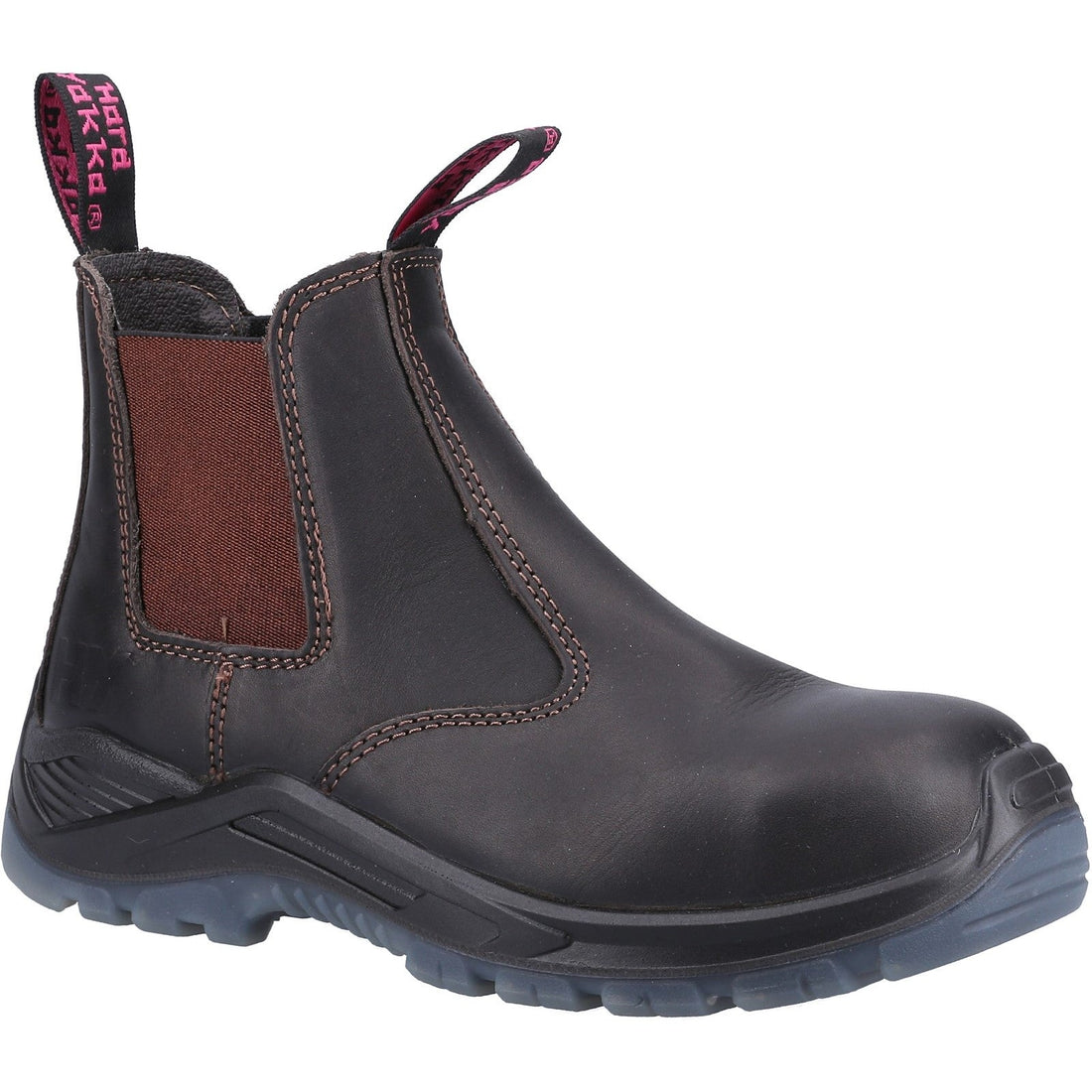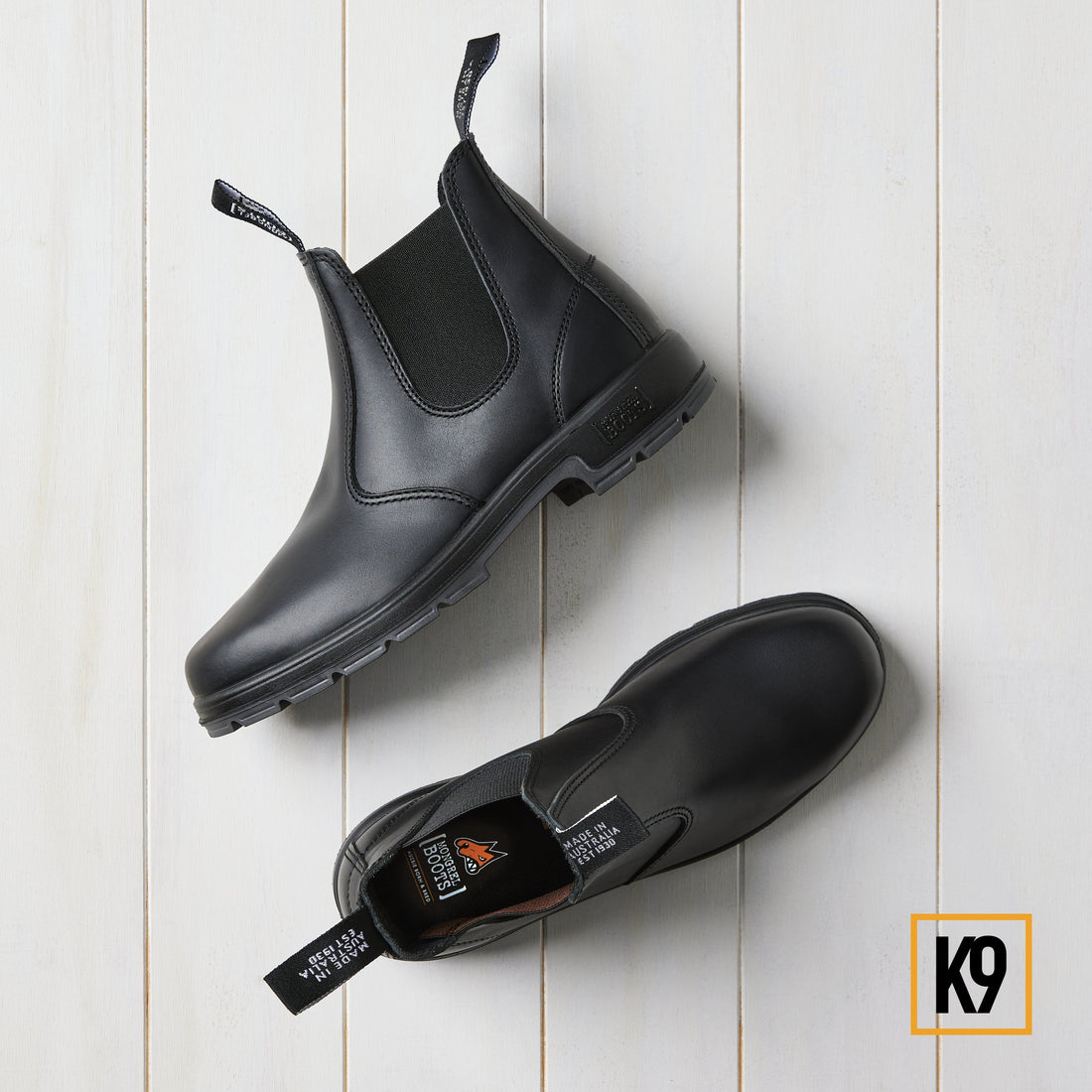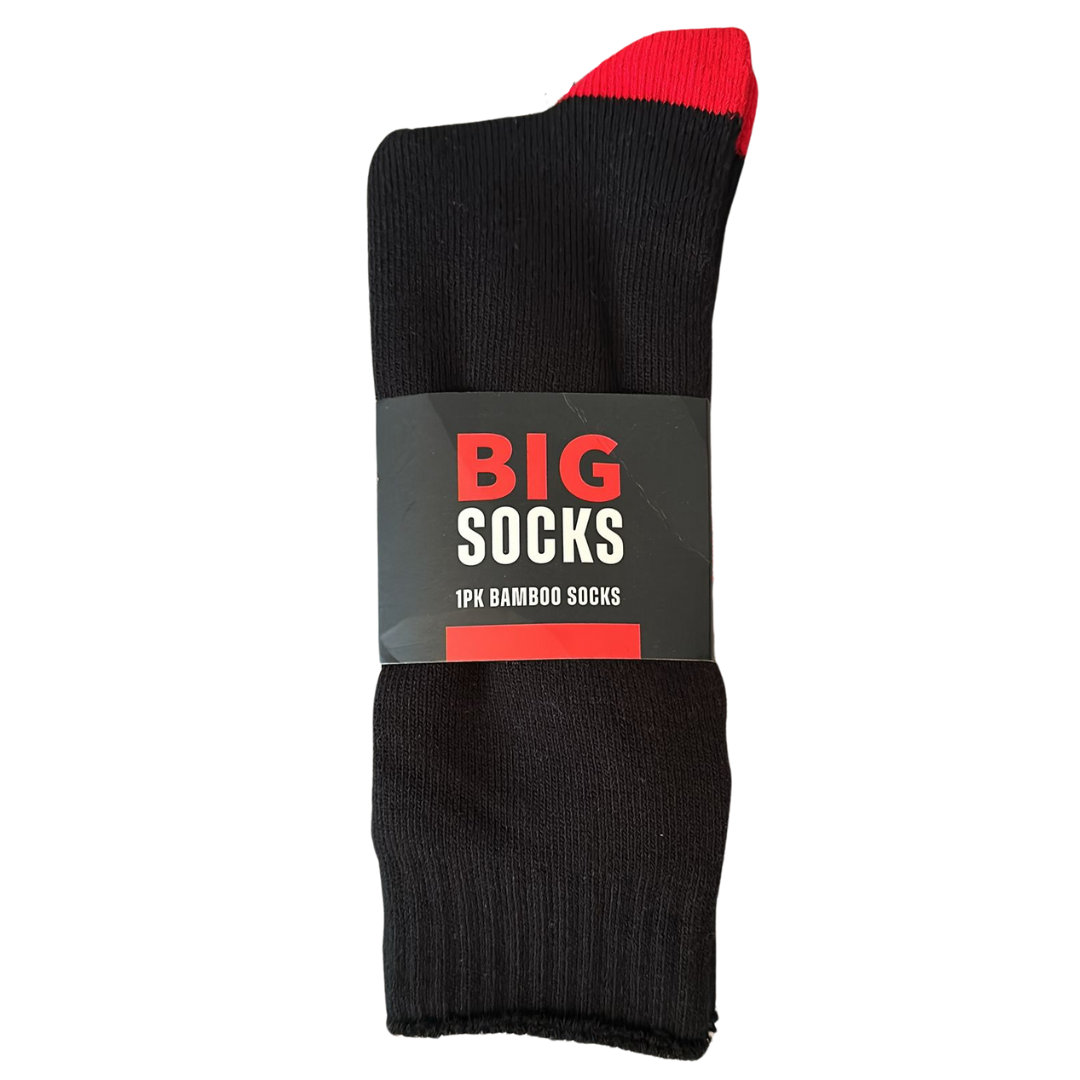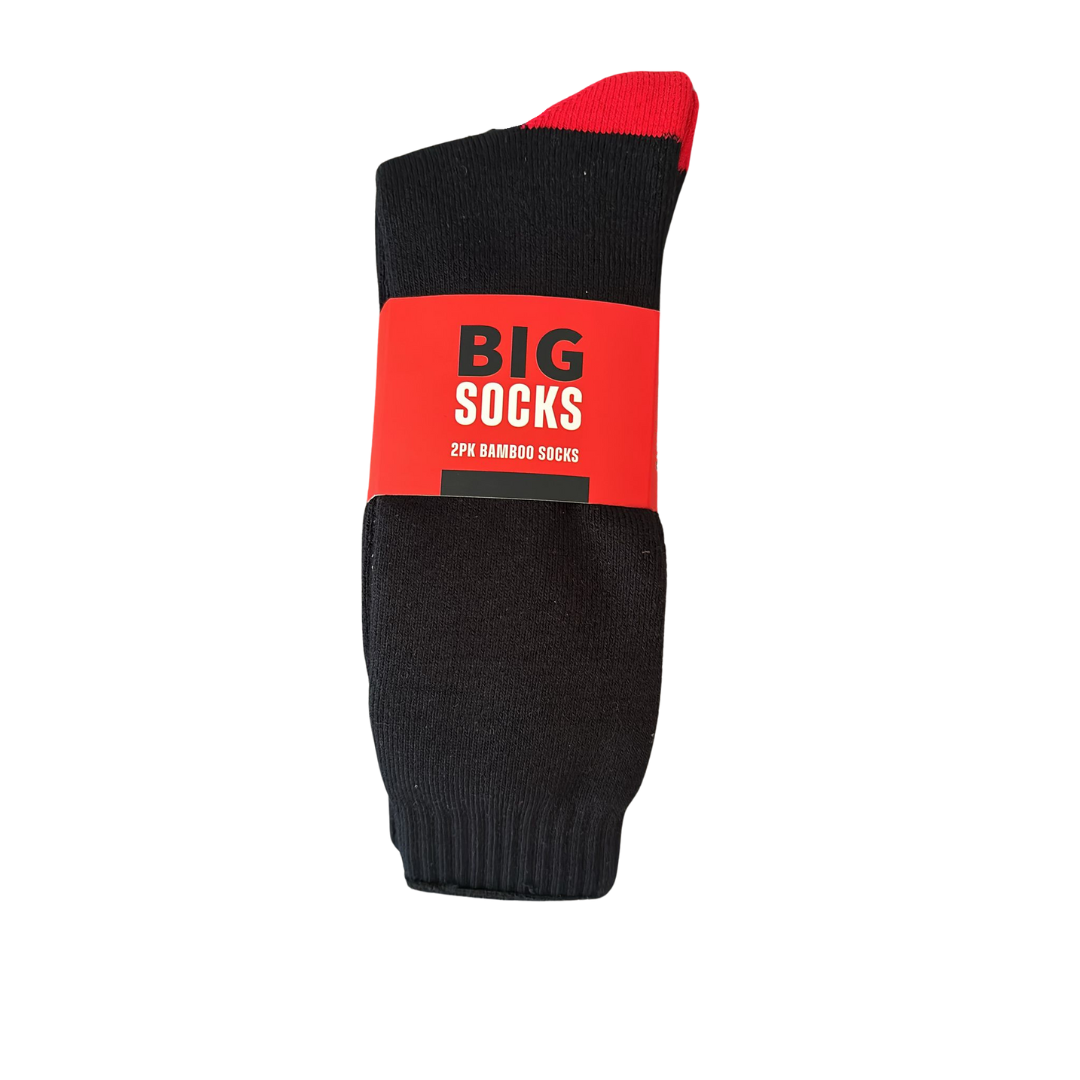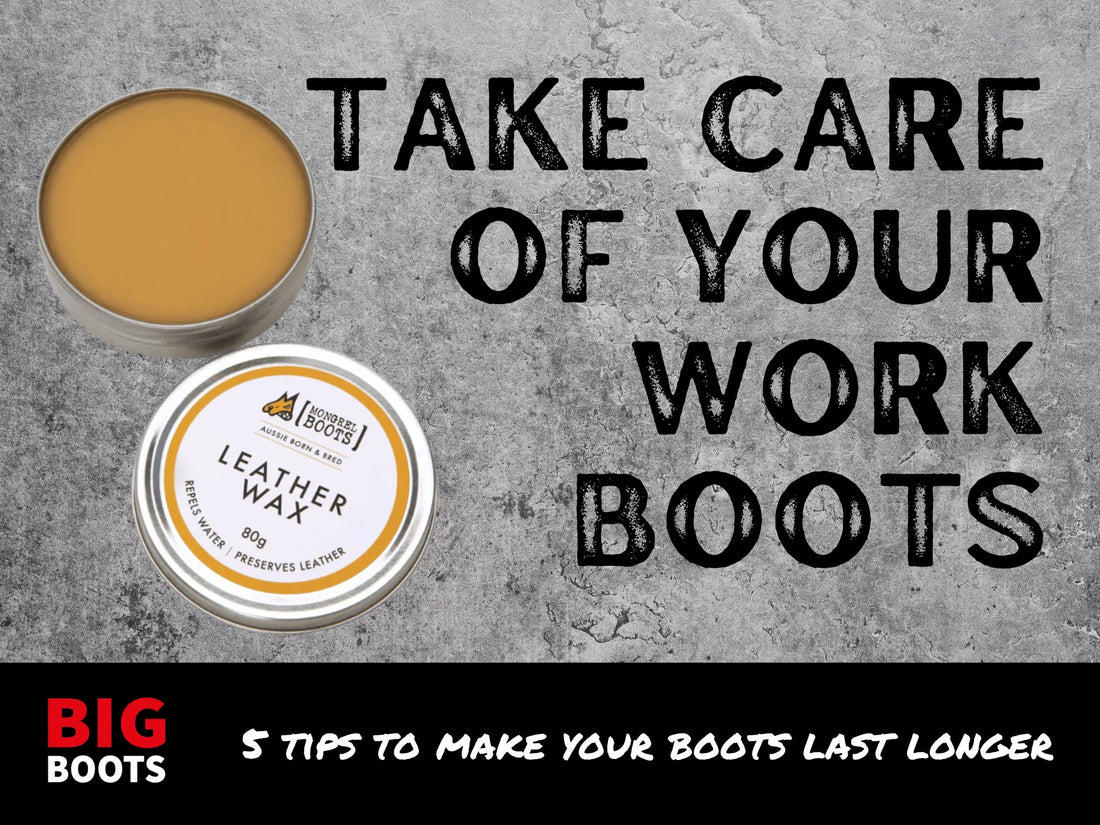
5 Tips on Taking Care of Your Work Boots
Protection, support and comfort are all factors that are essential in a good quality safety work boots. They are also features that, over time through wear and tear, can be damaged or reduced if not properly cared for and repaired. We know that the daily grind can really put your work boots through the ringer and so we have collected our simple 5 top tips for caring for your work boots to keep your feet happy and safe on site.
Caring for your boots is much like caring for your tools on the job, keeping them clean, dry and fixing any faults will ensure that you are as agile as you need to be in your work. Proper care and maintenance will not only improve your boots’ safety performance, but will ensure that they have a long and happy life.
Each profession will have different challenges to face when keeping your boots intact and ready for work. Those who work in highly muddy conditions, such as farmers or construction workers, will require more consistent cleaning and brushing of their boots. For those who work in very wet conditions such as plumbers, keeping your boots dry will be crucial for comfort. With your specific profession in mind, read through these top tips and find some top level advice of keeping your safety boots safer for longer.
1. Fitting & Sizing Your Work Boots
The perfect fit is essential in workboots, perhaps more so than any other footwear. With internal metal plating, steel toe caps and rigid supporting materials there are many zones in your boots for potential rubbing resulting in blisters and sores.
Getting the fit right the first time will ensure that you can wear in your boots to suit your foot shape and can hold on to your boots for as long as they last. Ill-fitting boots can be far more prone to damage than those that fit snugly. Boots that are too big will likely crease along wear lines, warping from laces being pulled taught.
Ill-fitting boots can also cause blisters, fatigue, and reduced stability, fundamentally reducing your safety on-site. Ensure that the boots you are looking for are suited for your workplace. Opting for an overly protective and heavy duty boot with extensive metal plating for work in an environment without heavy materials and large machinery could be overkill. Workplaces such as warehouses can have a variety of safety requirement levels, reflected in our range of warehouse safety boots. Make sure the boots you invest in are built for the work you do to ensure they are as comfortable as possible for the job you do.
2. Drying Your Work Boots
It’s inevitable that at some point on the job your boots will get wet. Making sure to dry them out in a measured and proper way will ensure that safety features remain instant and there is limited damage from waterlogging. Never dry your boots near direct heat such as a radiator or an open fire - this tends to crack leather and rubber outers and severely weakens safety features.
Essential drying tips:
-
If you wear insoles, remove them to dry separately
-
Place scrunched up newspaper inside your boots to help to absorb moisture
-
Store in ventilated area overnight
Once your boots are dry they will likely need their water protection renewing. Many work boots such as plumber safety boots feature a protective water proofing layer that should be maintained through applying waterproofing solutions or wax for leather.
If you work on waterlogged sites or in consistently wet environments, consider investing in a boot dryer for heavy-duty needs.
3. Addressing Wear & Tear
Wear and tear are par for the course with work boots. In regular contact with rough and heavy materials, you can expect your boots to acquire some character over their lifetime. However, some types of boot damage are worse than others and can have a significant impact on the safety of your feet on the job.
If you notice damage on your workboots try and determine whether their protective toe caps or soles are still able to do their job (cracks can impact their weight toleration), whether their soles have been worn thin (this can increase the likelihood of slips and falls, or whether the outer has been compromised (allowing water to invade the boot).
Watch for these crucial warning signs:
-
Worn toe caps
-
Separated soles
-
Cracked outers
If you notice damage to your boots, make sure to contact the manufacturer or retailer who may be able to suggest where you can find repairs or replacements of your boot. Applying patches to worn outers and replacing a boot’s tread with new soles are just two ways your boots can be brought back to life and made safe again.
For leather boots such as the Mongrel K9 Boots, taking the time to regularly condition your boots with leather wax and conditioner will prevent cracking and keep your boots intact through all types of wear and tear.
4. Cleaning Your Work Boots
Keeping your work boots clean may not always be a priority at the end of a hard day on the job, however, by removing mud and debris from your boots you will reduce damage to the outer layers as well as allowing the boot to dry better.
In an ideal world you should aim to clean your boots to some extent after every use, even if it is just a brush down or a pass through a boot scraper. We recommend giving your boots a thorough clean at least once a week if they get regularly dirty, in order to keep them in good condition, to maintain their waterproofing and to inspect them for any wear and tear.
For leather boots such as Mongrel Safety Boots we recommend:
-
Brush off and dry dirt with
-
Clean with a gentle, leather appropriate solution such as saddle soap
-
Allow your boots to dry fully before wearing again
-
Make sure to apply leather boot wax at least monthly to moisturise your boots and keep them water resistant
For composite material boots:
-
Wipe with damp cloth to remove
-
Use a diluted mild detergent to tackle tougher stains
-
Avoid harsh chemicals when cleaning these boots
-
Ensure you allow the boots to dry fully before wearing them again to avoid soggy socks!
5. Storage
Having taken the time to properly care for an mend your work boots, it is essential that you store them in a way that wil keep them spick and span and prepare them for their next use.
Our top storage tips:
-
Store in cool, dry place to prevent sun bleaching or any moisture damage
-
Consider using boot trees to maintain the shape of your boot
-
Make sure your boots are cleaned and dry before storing to keep them in good condition
-
Use moisture-absorbing packets if you keep your boots in humid conditions
Choose BIG Boots UK for Safety Footwear
At Big Boots UK, we understand your work demands reliable safety footwear. Our extensive range of safety work boots and boot care accessories ensure you're equipped with boots that last. Contact our team for professional fitting and advice on your next pair of work boots.

